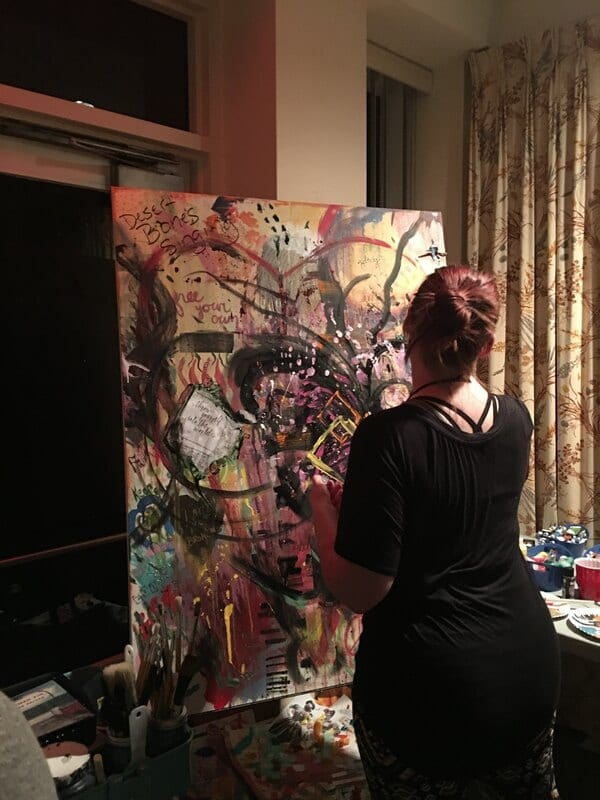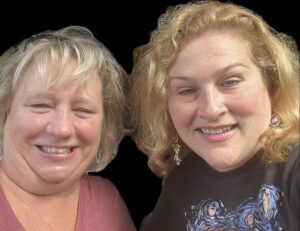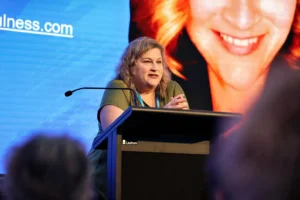Coming home to self and providing a voice to our emotions and experiences that get shoved aside with disconnection, allows the individual to settle into their own skin. They’re able to figure out what it’s like to build a home with self and the meaning of connecting to life around them. For me, Expressive Arts as provided a way for me to communicate what my home, my body, needed to spring clean to feel safe.
For me, the best part of Expressive Art Therapy is the aftermath, when the supplies are strewed about the space and smudges of paint, pastel, and glitter are left behind. There is always a different light that shines brightly in my clients’ eyes. A sense of fresh air that I’m able to sit with. The aftermath is a complete flip from when I start working with clients, because what is this going to accomplish? I can’t tell you how many times I get eye rolls or eyebrow raise when I begin pulling out crafting supplies in session.
The aftermath of Expressive Arts processing is different from the excitement in the middle of the process and the middle of their treatment continuum. Once the world of Expressive Arts is introduced, the craving to express, the desire to be heard, seen, healed, takes a front seat. It’s the lit match blossoming to life, of insight settling in for the ride. It’s the self-permission to express leaking out onto the page.
I promise you when someone is in process, it is mesmerizing. It is awe-inspiring to watch someone learn to trust themselves enough, and you enough, to express themselves. It is awe-inspiring to sit back after a session with paint smudges, charcoals, cut paper littered about, and seeing that person, that client running with ideas (regardless if it’s merely an upturn of one corner of their mouth, staring at their piece, or rushing to share what they noticed in excitement). It is wonderful when you’re able to experience this yourself. Sitting back from my pieces and taking in the message conveyed in writing or imagery. There’s nothing quite like it.
When I’m cleaning up after a client and groups, I can’t help but smile at the charcoal coating a chair or paper debris on the floor. They made a mess. They made a mess, even thought they were previously asking permission to move, worried about staying in the lines, asking to use paint. They made a mess. They let themselves make a mess, to put their hands in paint, fold and tear paper, to express everything they’ve kept inside. They let themselves try something new and permission to sit with self and explore. In a world where we’re told what to do and stay in the lines, to disconnect and move on, the best thing we can do for ourselves and those we work with is to step outside our comfort zones and greet the unfamiliarity of imperfections, emotions, and to provide a space for expression in all its formats.




